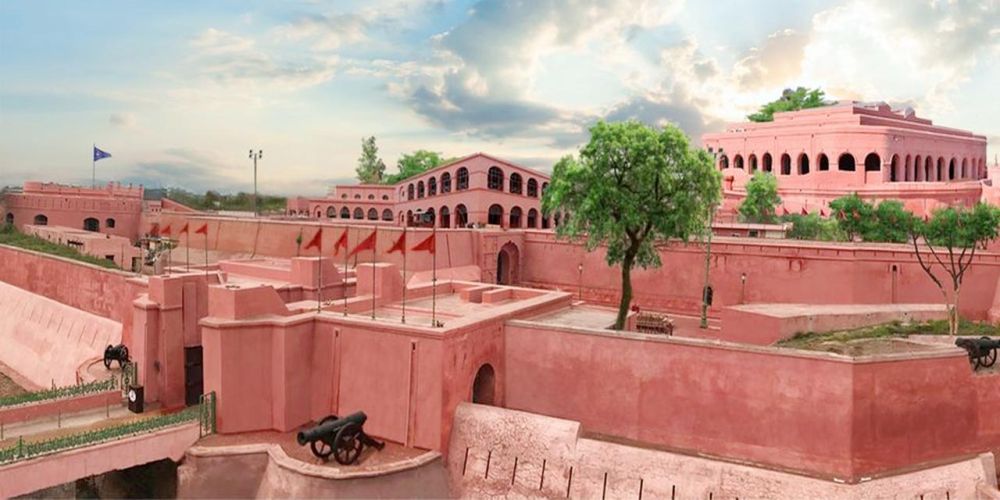

The splendid Gobindgarh Fort, nestled in the heart of Amritsar, Punjab, India, is a historical monument that resonates with the martial spirit of the state. Its walls, ramparts, and bastions are veritable narrators of history, having witnessed several invasions, battles, and the rise and fall of empires.
The fort, originally known as Bhangian Da Killa, was built by the Bhangi Misl - one of the sovereign states of the Sikh Confederacy during the 18th century. After a series of changes in control, including reigns by Maharaja Ranjit Singh in the early 19th century, the British after the Second Anglo-Sikh War, and later the Indian Army post-independence, Gobindgarh Fort was finally opened to the public in February 2017.
The historic significance of the fort, combined with the government's initiative to promote Punjab's rich heritage, led to the inception of its tourism chapter. The transformation of this military fort into a cultural and historical attraction was intended to offer insights into Punjab's grandeur to tourists from around the world.
The fort's conversion into a tourist hotspot was executed while preserving its historical essence. Traditional music, dance performances, and the reenactment of tales from Punjab's glorious past became regular features at the fort. Its infrastructure was refurbished to host museums, exhibitions, and even light and sound shows that narrate its history in an engaging manner.
Gobindgarh Fort has emerged as a quintessential cultural hub. Its live performances, showcasing the vibrant folklore and martial traditions of Punjab, have become especially popular. The Sher-e-Punjab - a multimedia light and sound show about the life of Maharaja Ranjit Singh is a major attraction. Moreover, the fort harbors The Toshakhana, which once stored the Kohinoor diamond, adding to its allure for history enthusiasts.
A recent addition has been the Virtual Reality experience, which offers an immersive glimpse into significant historical events. Apart from these, there are traditional crafts bazaars, food streets serving Punjabi delicacies, and shops selling souvenirs, all of which provide tourists with a holistic experience of the local culture.
In response to the growing trend of eco-friendly travel, Gobindgarh Fort has incorporated practices to maintain sustainability and preserve its natural surroundings. Emphasis on local participation in tourism activities ensures both economic and cultural benefits for the community.
As a year-round destination, Gobindgarh Fort remains at the forefront of Punjabi tourism. It is easily accessible via road and is a short distance from Amritsar's famous Golden Temple. The fort's opening hours accommodate both daytime explorers and those enchanted by the nighttime ambiance created by its majestic illumination.
Gobindgarh Fort stands not just as a historical edifice but as a dynamic testament to Amritsar's pledge to keep its past alive. It serves as a bridge between the old and the new, offering visitors an interactive passage through time. As tourism continues to evolve, Gobindgarh Fort's commitment to preserving and sharing Punjab's storied heritage will undoubtedly remain at its core.